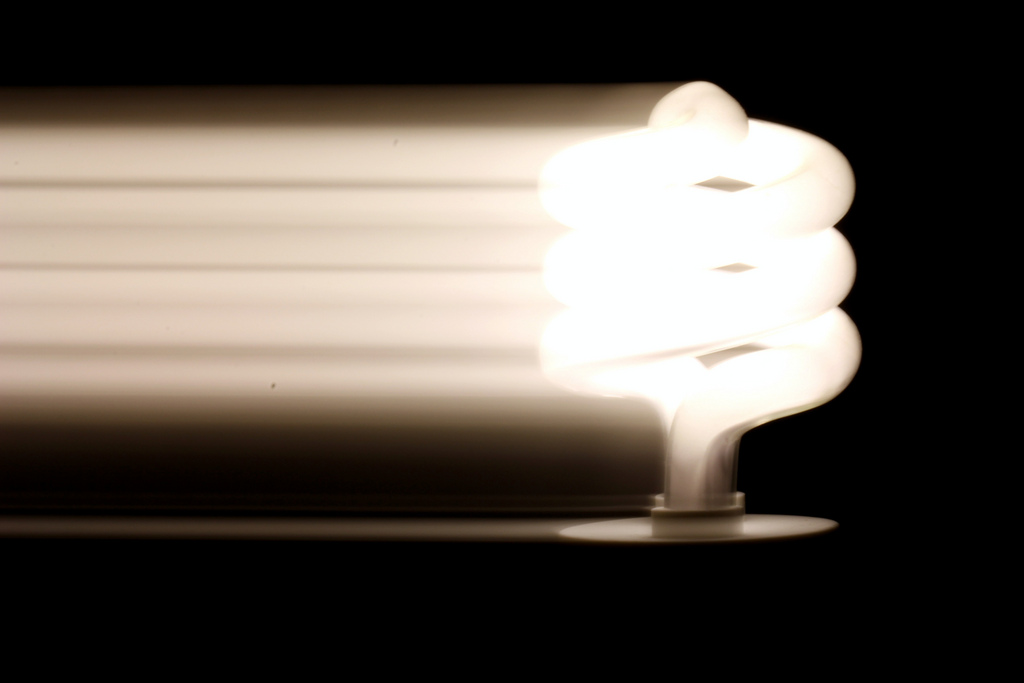SHARE
Crowdsourcing: since 1783 (and now better than ever!)
For decades now, the modern corporation has looked outwards in order to fix its problems and develop new ideas. While this process enhanced efficiency and operations, it still carried a narrow approach to innovation: firms would simply ask other firms to deal with whatever challenge they were facing, yet this bi-lateral exchange failed to approach a broader audience and incorporate a higher degree of opportunities.
This is why the idea of outsourcing is slowly taking a back seat to the concept of crowdsourcing. Jeff Howe discussed this development in a June 2006 article written for Wired magazine but the rise of this collaborative phenomenon took some years to develop.
Surely, social media has played a central role in this leap forward. Thanks to its rise, it is now easier to connect organizations and solvers, thus helping create large communities where participants come together in order to gain skills, opportunities, recognition and monetary rewards.
It should be noted, however, that modern-day crowdsourcing has some historical precedents. Take the case of French King Louis XVI: in 1783, he offered an award to whomever develop a way to decompose sea salt in a simple and economic way. This open challenge carried a prize of 2.400 livres and is now considered a fundamental experiment for the production of sodium carbonate.
Here at Ennomotive you can emulate those early heroes of crowdsourcing. We are currently publishing several open tournaments where you can participate and help develop new solutions for different engineering challenges. For instance, we are trying to protect cars from hail damage by encouraging an innovation contest where we will award the most innovative and cost-effective solution with a €5,000 euro prize. Those who finish second and third will earn a €1,000 euro prize each.
Join us and be part of the crowdsourcing revolution!
Download our Engineering Crowdsourcing white paper
